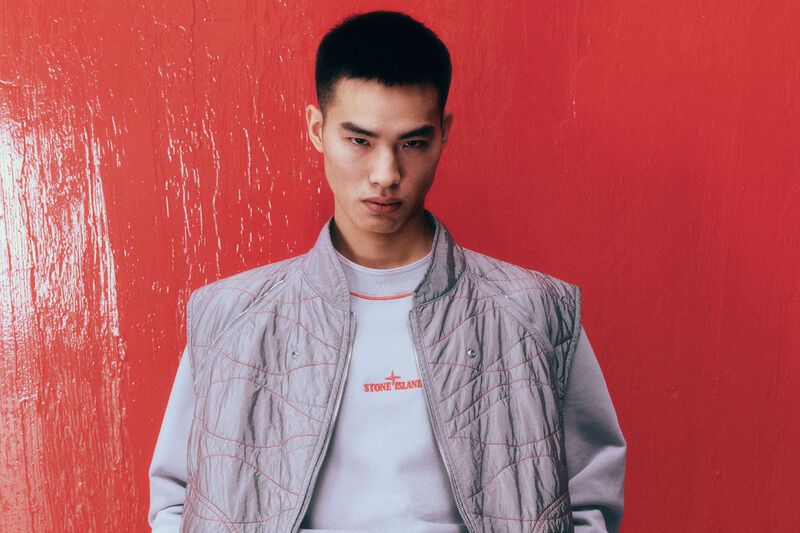Fashion
Make Fashion Films Fun Again

It was announced last week that Angelina Jolie has been cast in a new movie that focuses on three women whose lives converge in dangerous circumstances during Paris Fashion Week. Little else is known about the film beyond its name – Stitches – and the projects its award-winning director – Alice Winocour – has made in the past: among them features about the 2015 Bataclan shooting, a struggling astronaut who goes to counselling, and a group of sisters orphaned in a remote Turkish town. Stitches will be good, probably. But it will not be the bright, amiable satire that characterised fashion-focused entertainment back when Betty Suarez was getting her braces caught in million-dollar bras at cocktail parties, and Andrea Sachs had not yet learnt how to spell “Gabbana”.
I get it. Fashion is an industry too often thought of as superficial and vapid, and there is nothing wrong with putting a little intellectual heft behind its public perception. Paul Thomas Anderson’s Oscar-nominated Phantom Thread – in which Daniel Day-Lewis plays a couturist in the 1950s – was celebrated as “a furious fusion of art and love”. Anne Fontaine’s Coco Before Chanel – a Gabrielle Chanel biopic – was considered “tasteful, reserved”. Fair enough. These were serious, well-made period dramas documenting the passion and graft that has always gone into making and selling clothes, bringing the rarefied and secretive world of high fashion into the spotlight. It’s a prestige genre that seems to be doing well at the moment, with production houses mining fashion for the familiarity of its household names: Disney’s Cristóbal Balenciaga and Becoming Karl Lagerfeld, Apple TV+’s The New Look and La Maison. Beautiful shows about the past. But boring – uninspiring in my mind – to watch.
As a child, there were few things as aspirational as Amanda Tanen mindlessly twirling a telephone cord in clothes stolen from the Mode fashion cupboard, as frivolous as Carrie Bradshaw getting drunk at Vogue, as ridiculous as Miranda Priestly demanding her assistant charter Donatella Versace’s jet during a superstorm. Even in Fashion Police and America’s Next Top Model, the industry was presented as a fantasia of speed, desire and excess governed by ruthless eccentrics with faultless taste. See also: Project Runway and Confessions of a Shopaholic. These were, of course, exaggerated versions of what it’s like to work in the business, and critics understandably dubbed them “flattire” for the absurd stereotypes they propagated. Incorrect. Remove the glamorous, soap-opera caricatures and you lose that which makes working in fashion worth believing in. (I still hold out hope for the moment our editorial assistant guides me into a glass-lined office and injects me with botox, as Marc St James did to his boss Wilhelmina Slater.)








